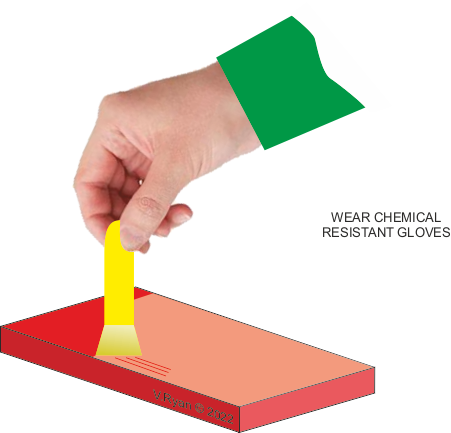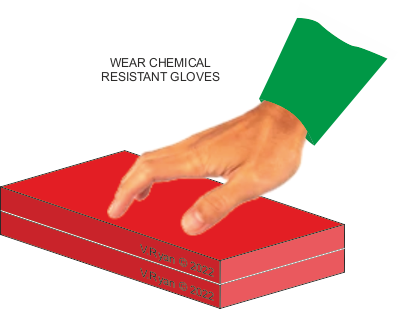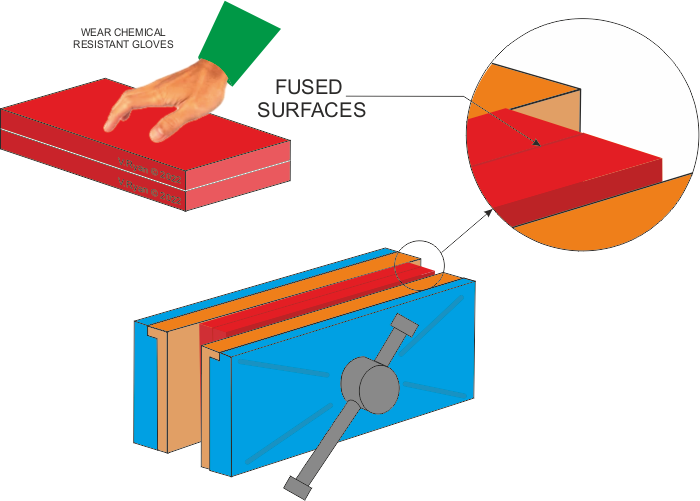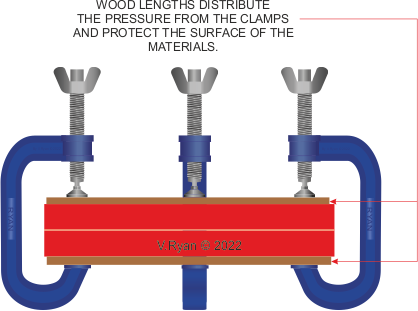| |
|
|
| |
CLICK HERE FOR INDEX PAGE |
|
| |
|
|
| |
ADHESIVES FOR PLASTICS |
|
| |
|
|
| |
V. Ryan © 2001
- 2022 |
|
| |
|
|
|
Plastics can be joined using a range of modern glues: |
| |
|
|
Perhaps the best glue is Tensol (also called Tensol Cement) which joins plastics such as
perspex together permanently. Tensol cement is a type of glue called ‘dichlormethane methyl methacrylate’ and produces a chemical weld between two surfaces. The glue is applied to the surfaces to be glued and they are pressed together. They should be clamped for 24 hours and this gives a permanent joint.
SEE BELOW - APPLYING TENSOL ADHESIVE |
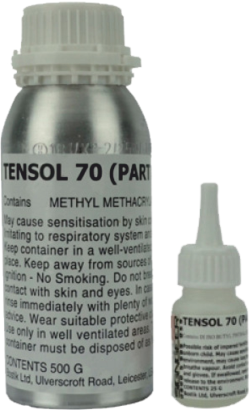
|
| |
|
|
Contact adhesive can be used to join plastics. The adhesive is
applied to both surfaces and when the surfaces appear to be dry they are
pushed together. If the two pieces of material are left for a number of
hours, they are virtually impossible to take apart. |
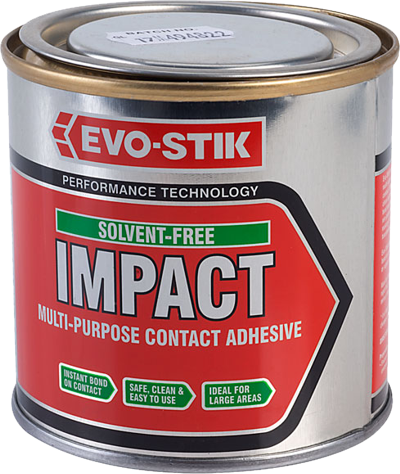
|
| |
|
|
| |
|
Many adhesives are plastics themselves. A good example is ‘Araldite’ which
is an epoxy resin that hardens when a second chemical is added
(called a catalyst). It can bond most materials including some plastics. The
two tubes can be seen in the diagram. An equal amount of each tube are
mixed together and then applied to the material to be glued. |
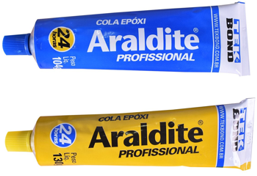
|
| |
|
|
Super glue (cyanoacrylate)is another adhesive that joins plastics together, very
quickly. Great care must be taken when using this type of glue as it will
just as easily glue fingers together. For this reason super glue is not used
in schools.
|

|
| |
|
|
A glue gun can be
used to join a variety of plastics. This glue usually gives a
semi-permanent joint as surfaces glued together can sometimes come
apart. The glue is a type of
plastic that melts when hot and solidifies when it cools. Be careful to
select that right type of glue stick - this depends on the material to
be glued. General purpose glue sticks are usually used in schools. |
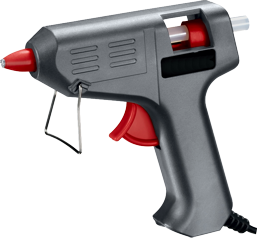 |
| |
|
| Liquid solvent is applied using a brush or a syringe (often supplied with the glue). As it is a liquid, it is drawn along joints and surfaces through a process called capillary action. Care must be taken, as the glue damages exposed surfaces (as it melts the surfaces of the materials forming a ‘weld joint’). |
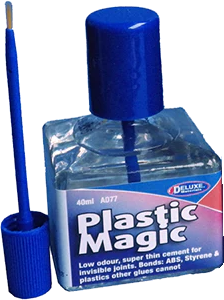 |
| |
|
|
Ventilation is vital when using all these glues. Ideally an extractor should
be used to extract all the dangerous fumes. |
|
| |
|
|
|
|
| |
|
PDF FILE -
CLICK HERE FOR PRINTABLE VERSION OF EXERCISE
SEEN BELOW |
| |
| CLICK HERE FOR POWERPOINT VERSION OF WORKSHEET |
| |
| READ THE INFORMATION BELOW BEFORE ATTEMPTING THE WORKSHEET. |
| |
|
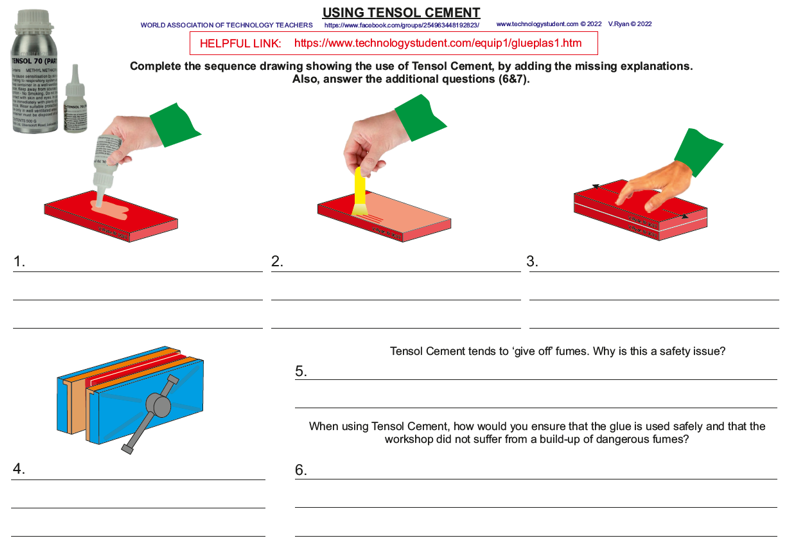
|
| |
|
SEQUENCE DRAWING USING TENSOL CEMENT |
| |
|
|
|
|
|
|
| |
| 1. Explain why ventilation is
necessary when using adhesives. 2. Which glue would you use for Perspex ?
Explain with the aid of notes and diagrams how this glue is used.
|
| |
|
|
|
CLICK HERE FOR RESISTANT
MATERIALS
INDEX PAGE |
| |
|
|









